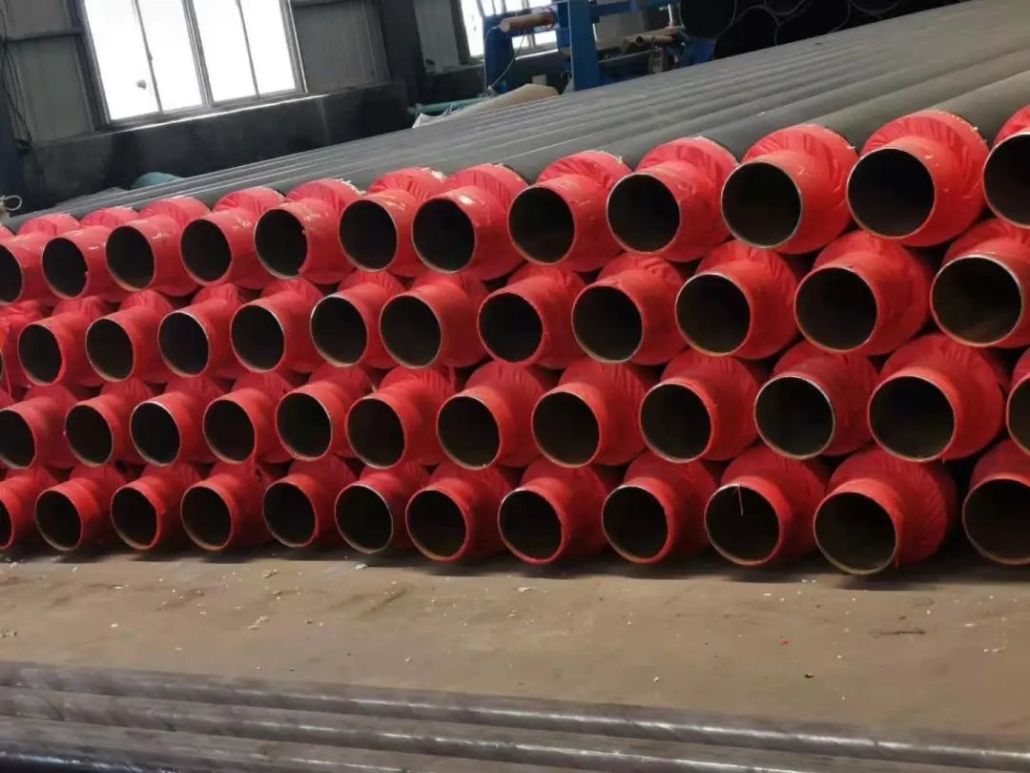Protective Measures For Insulated Pipes
In engineering, industry, chemical industry or home, pipe insulation is the most common way, and the closest thing to life is the insulation of heating pipes. Polyurethane direct-buried insulation pipes are used in thermal and cold insulation projects for various indoor and outdoor pipelines, central heating pipelines, central air-conditioning pipelines, chemical industry, medicine and other industrial pipeline
Overview: Since the birth of polyurethane synthetic materials in the 1930s, polyurethane foam insulation pipes have been developing rapidly as an excellent thermal insulation material. Its application range has become more and more extensive, especially because of its simple construction, energy-saving and anti-corrosion effects. It is widely used in various pipelines such as heating, refrigeration, oil transportation, and steam transportation. It is widely used in various pipelines such as heating, refrigeration, oil transportation, and steam transportation. It not only provides a normal transportation method for heating pipes, but also has a certain degree of safety.
However, after insulating the pipeline, attention should also be paid to protective measures.
If there is no good sealing effect, such as cracks or sudden occurrences, after the insulated pipe is insulated, it will lead to insufficient insulation and even severe freezing damage, which will also affect the way the pipe works. Therefore, when insulating pipes, their sealing effect must be ensured.
The next step is to pay attention to monitoring after pipe insulation. Good insulation materials for prefabricated polyurethane insulation pipes should have low thermal conductivity; they will not deteriorate when exposed to moisture, have good heat resistance, do not corrode metal, are lightweight and have many gaps; have certain mechanical strength and will not be damaged when subjected to external forces; Easy to process and low cost.
Commonly used insulation materials include: expanded perlite and its products, glass wool and its products, rock wool products, microporous calcium silicate, aluminum silicate fiber products, foam plastics, foamed asbestos, etc.
This project is relatively simple, that is, irregular or regular inspections to ensure the effectiveness of the insulation effect, and is also conducive to protection inspections, thereby achieving better protection effects.
Special attention should be paid to protective measures after pipeline insulation, especially regular monitoring measures. This not only allows us to grasp the insulation status in time, but also ensures the safety and effectiveness of pipeline work and detects problems in time to avoid serious consequences. Therefore, when it comes to pipeline insulation, we must pay attention to the above conditions.


Leave a Reply
Want to join the discussion?Feel free to contribute!